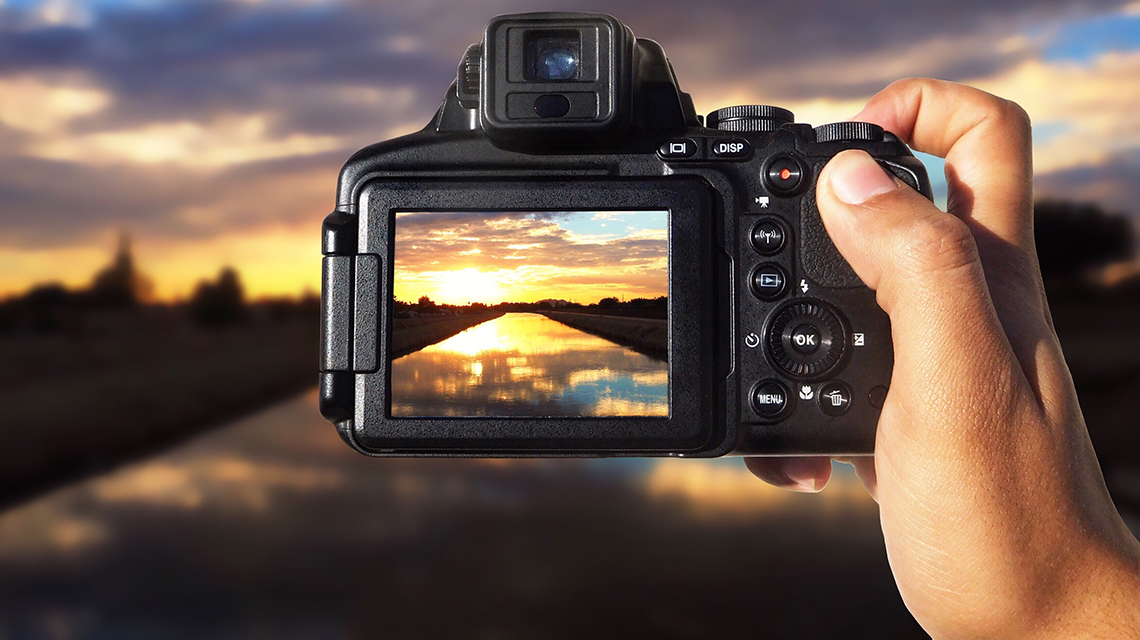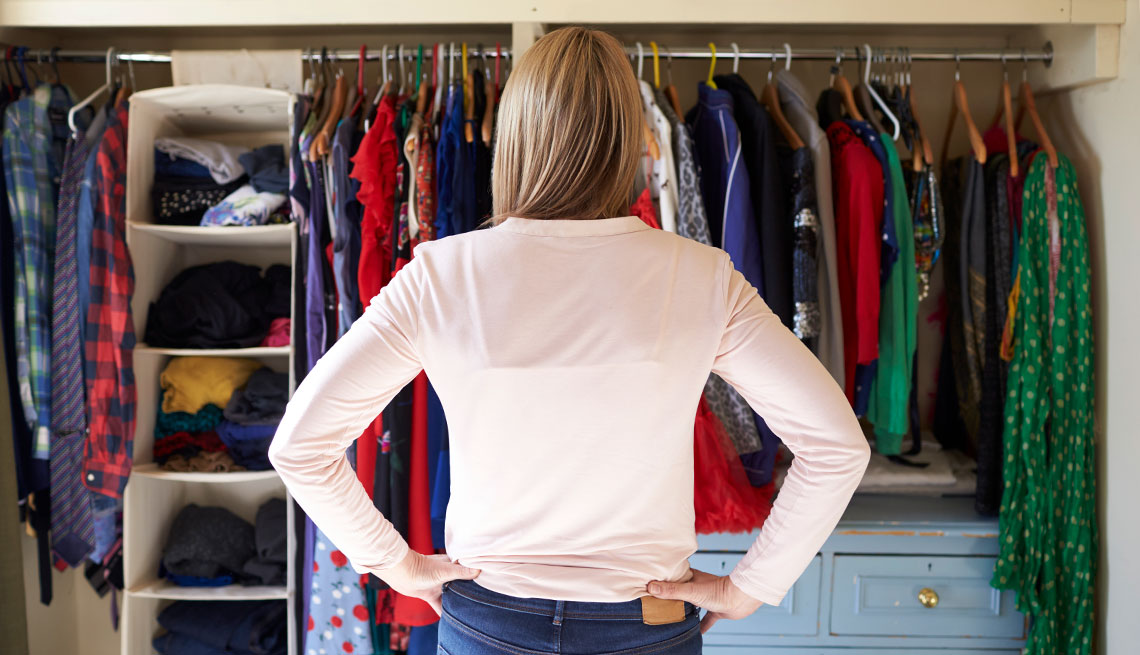
- Select a language for the TTS:
- UK English Female
- UK English Male
- US English Female
- US English Male
- Australian Female
- Australian Male
- Language selected: (auto detect) - EN
Play all audios:
A mirrorless camera delivers comparable speed and image quality but is smaller, lighter and less bulky. It allows you to control focus; shutter speed; aperture, the size of the lens opening
through which light passes; and sensitivity to light, just like the manual controls of a DSLR. And most support interchangeable lenses. Your comfort level with the device is paramount,
Bernabe says. You don’t get a second chance to capture that magic moment, whether it’s a grandchild’s first steps or getting that once-in-a-lifetime shot of a whale breaching. THE CASE FOR
CAMERAS Though smartphone photography has improved, a stand-alone camera remains better, mainly because a smartphone’s tiny sensor, which interprets data the lens captures, can’t take in as
much detail, including light, as larger sensors in stand-alone cameras. BETTER ZOOM FUNCTIONALITY. When you can’t physically get closer to your subject, such as a bird in a tree, you need to
zoom in for a closer look. Smartphone cameras often try to digitally zoom in by adding extra pixels, dots, to the image to simulate what it’s like to get closer. But nothing looks as good
as a photo taken with a true optical zoom lens that protrudes from the front of the camera. The ability to switch lenses that DSLR and many mirrorless cameras have allow you to change from
telephoto for crisp shots from far away to wide angle to capture big landscapes such as the Grand Canyon to fisheye for special effects to macro for really close-up shots. DURABILITY. Some
smartphones are waterproof, but you certainly shouldn’t go swimming with your smartphone on a snorkeling adventure. Many inexpensive point-and-shoot cameras are what their manufactures call
adventure proof, so they can be fully submerged in water. Some even come in bright colors, such as orange or green, so you can keep track of them easily while shooting underwater. Often,
these rugged cameras are freeze proof for use when skiing and snowboarding, as well as drop and shock proof, so they can withstand being dropped from fairly high up. Can your phone handle
this? STORAGE. Stand-alone cameras use removable memory cards, so you’ll never run out of internal storage like you might on a smartphone. Prices of memory cards have dropped considerably
over the years, too, and the amount of storage has increased. When you use your smartphone to take photos and shoot video, it eats both storage and battery life. A stand-alone camera comes
with its own battery, so you’re not risking or depleting your smartphone’s power.








